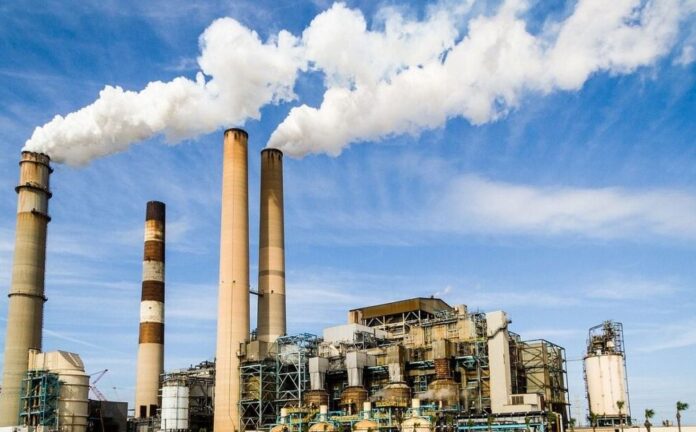Lahore, Pakistan, a bustling mega city housing an estimated population of 12-13 million, grapples with severe air pollution concerns, especially evident in the winter months. The pervasive smog not only poses immediate health risks such as respiratory issues and eye irritation but also exacerbates existing conditions like asthma. Additionally, it contributes to broader environmental problems like reduced visibility, harm to vegetation, and ecosystem disruption. At times, the city management resorts to declaring school and public holidays to mitigate the health impacts of this smog.
In an enlightening conversation with Faisal Majeed, an environmental health and safety expert, we delved into the nature of smog and explored viable measures to alleviate its effects on mega cities such as Lahore. Mr. Faisal highlighted that air pollution stems from human activities like industrial emissions, vehicle exhaust, and the combustion of fossil fuels. In densely populated mega cities undergoing rapid industrialization, the concentration of pollutants escalates, resulting in a spectrum of health issues ranging from respiratory problems to more serious concerns like cardiovascular diseases and cancer. Simultaneously, it poses a threat to ecosystems, crops, and overall well-being, underscoring the urgency for sustainable solutions.
While the government’s recent adoption of cloud seeding to induce artificial rains signifies a step towards addressing the issue, it remains a reactive measure. There’s a pressing need for a shift in focus, with more concerted efforts directed towards proactive and preventive measures. This requires substantial investment, dedicated time, and energy towards sustainable, long-term solutions that target the root causes of air pollution in Lahore. Initiatives centered on reducing emissions, promoting cleaner technologies, and fostering comprehensive urban planning strategies are crucial for mitigating the recurrent challenges posed by air pollution and smog.
Mr. Faisal emphasized that air quality index measurements in Lahore are significantly higher than the recommended air quality standard and often fall in and beyond the Unhealthy levels. Despite this, he shared a silver lining: a global trend showcasing improving air quality in numerous megacities worldwide such as Beijing and Delhi. He suggested Lahore could adopt and adapt similar best practices to achieve comparable outcomes. Drawing parallels with Beijing and Delhi, Mr. Faisal has outlined following effective strategies:
1. Promotion of Cleaner Transportation: Investment in electric vehicles, expansion of public transport networks, and encouragement of cycling and walking to curtail harmful emissions from fossil fuel-driven transport.
2. Enforcement of Low-Emission Zones: Designated areas permitting only vehicles meeting specific emissions standards.
3. Stricter Industrial Emissions Control: Implementing tighter emission limits for controlling the hazardous emissions from factories and power plants.
4. Promote Cleaner Fuels: Adoption of cleaner fuels such as derived from organic materials like crops or wase (biofuels) produce fewer greenhouse gases during combustion and can help reduce the environmental pollution levels.
5. Enhanced Waste Management: Reducing waste generation, composting food waste, and implementing proper waste disposal methods.
Highlighting the successful progress made by megacities Beijing and Delhi, Mr. Faisal advocated for adoption of similar environmental improvement models and replicating their successes to improve the much neededoverall air quality.
Furthermore, he stressed the significance of international collaboration in combating air pollution, emphasizing its transboundary nature. He urged the Pakistani government to forge partnerships with established consultants and firms renowned for implementing large-scale air quality enhancement projects. He concluded by emphasizing that a healthier nation is a more productive one, highlighting the integral relationship between health and national productivity.

















